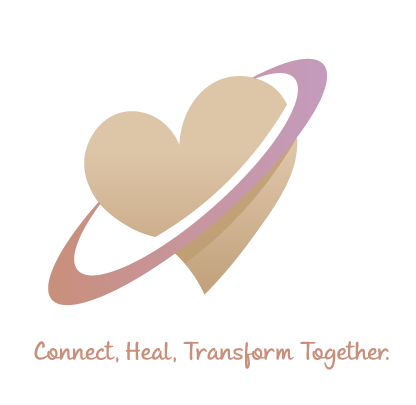Stress is a factor in high blood pressure.
High blood pressure (BP) is a common, chronic condition where the force of the blood against your artery walls is consistently too high. Over time, this extra force damages the artery walls, leading to severe health complications.
I. What the Numbers Mean
Blood pressure is measured by two numbers:
- Systolic Pressure (Top Number): Measures the pressure in your arteries when your heart beats.
- Diastolic Pressure (Bottom Number): Measures the pressure in your arteries when your heart rests between beats.
| Category | Systolic (Top) | Diastolic (Bottom) | |
|---|---|---|---|
| Normal | Less than 120 | and | Less than 80 |
| Elevated | 120–129 | and | Less than 80 |
| Hypertension Stage 1 | 130–139 | or | 80–89 |
| Hypertension Stage 2 | 140 or higher | or | 90 or higher |
| Hypertensive Crisis | Higher than 180 | and/or | Higher than 120 |
II. The Dangers of Uncontrolled Hypertension
Because hypertension often causes no symptoms, it can quietly damage your body for years. Uncontrolled high blood pressure is a major risk factor for:
- Heart Attack and Stroke: Damage to the arteries causes them to narrow, harden (atherosclerosis), and become more likely to clot.
- Kidney Disease: High pressure damages the small blood vessels in the kidneys, making it harder for them to filter waste from the blood.
- Heart Failure: High pressure forces the heart to work harder to pump blood, causing the heart muscle to thicken and weaken over time.
- Vision Loss: Damaged blood vessels in the eyes can cause retinopathy.
III. Key Lifestyle Management Strategies
While medication may be necessary, lifestyle changes are the cornerstone of hypertension management and prevention.
1. Dietary Modifications (The DASH Diet)
The DASH (Dietary Approaches to Stop Hypertension) diet is specifically designed to lower blood pressure.
| Component | Goal | Actionable Tip |
|---|---|---|
| Sodium (Salt) | Reduce intake to 1,500 mg per day (the goal for most adults). | Avoid processed foods, canned soups, frozen dinners, and restaurant meals. Cook at home to control salt. |
| Potassium | Increase intake. | Eat potassium-rich foods like bananas, sweet potatoes, spinach, and avocados. Potassium helps balance sodium. |
| Magnesium & Calcium | Increase intake. | Eat low-fat dairy, whole grains, beans, and dark leafy greens. |
| Alcohol | Limit consumption. | For men, no more than two drinks per day; for women, no more than one. |
2. Regular Physical Activity
Regular exercise strengthens your heart, allowing it to pump more blood with less effort, which lowers the pressure on your arteries.
- Aerobic Exercise: Aim for 150 minutes of moderate-intensity activity per week (e.g., brisk walking, jogging, cycling, swimming).
- Strength Training: Incorporate resistance exercise at least two days a week, as it improves overall cardiovascular health and helps manage weight.
3. Weight Management
Losing even a small amount of weight (5–10 pounds) can significantly reduce blood pressure. Excess weight increases blood volume and forces the heart to work harder.
4. Stress and Sleep
Chronic stress triggers the release of hormones (like cortisol and adrenaline) that temporarily increase heart rate and narrow blood vessels.
- Stress Reduction: Practice relaxation techniques like deep breathing, meditation, or yoga.
- Sleep: Aim for 7–9 hours of quality sleep per night. Poor sleep quality is directly linked to higher blood pressure.
IV. The Importance of Monitoring
If you have been diagnosed with hypertension, regular home monitoring is vital.
- Get a reliable cuff: Use an automatic cuff that goes around your upper arm (these are generally more accurate than wrist cuffs).
- Measure correctly: Sit quietly for five minutes before measuring. Rest your arm on a table so the cuff is at heart level. Take two or three readings a few minutes apart.
- Track results: Keep a log of your readings and bring it to all your doctor appointments.
Disclaimer: This information is for educational purposes only. Always consult a qualified healthcare professional regarding any medical conditions or before making significant changes to your diet, exercise, or medication regimen.


Leave a Reply